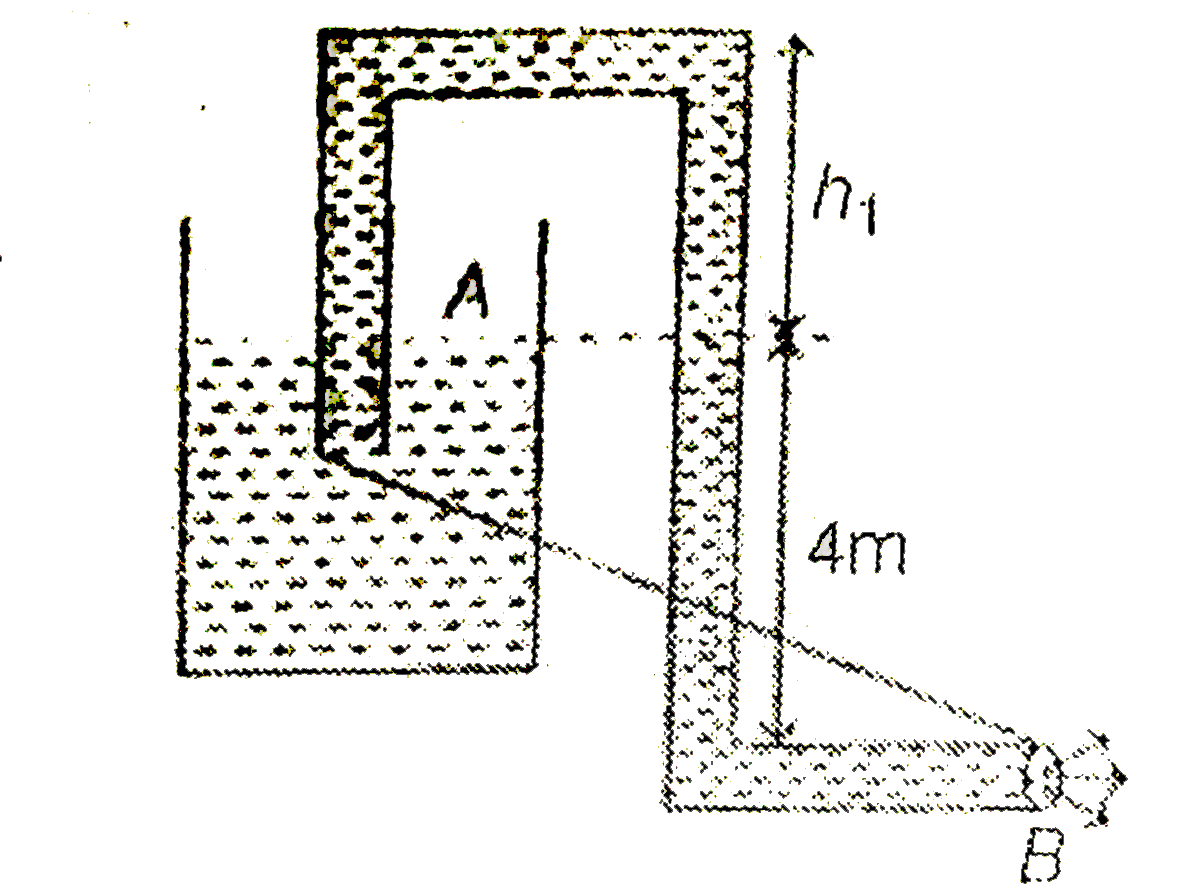In Butterfly, long coiled siphoning tube is formed from
Labrum
Maxilla
Labium
Mandibles
The correct Answer is:B
To answer the question, "In Butterfly, long coiled siphoning tube is formed from," we can follow these steps:
1. Understand the Structure: The question pertains to the mouthparts of butterflies, which are specialized for feeding. Butterflies have a unique structure that allows them to feed on nectar from flowers.
2. Identify the Mouthpart Types: In butterflies, the mouthparts are categorized as siphoning or sucking types. This adaptation is specifically designed for drawing nectar efficiently.
3. Focus on the Relevant Body Parts: The options provided are labrum, maxilla, labium, and mandibles. We need to identify which of these forms the long coiled siphoning tube.
4. Examine the Maxilla: The first maxilla is particularly important. In butterflies, the glia (or galea) of the first maxilla is elongated and forms a tubular structure that acts as the siphoning tube.
5. Conclusion: The long coiled siphoning tube in butterflies is formed from the maxilla, specifically the galea of the first maxilla, which is adapted for sucking nectar.
Final Answer:
In butterfly, the long coiled siphoning tube is formed from the maxilla.
---
In butterfly, the long coiled siphoning tube is formed from the maxilla.
Topper's Solved these Questions
- PHYLUM - ARTHROPODABOOK - DINESH PUBLICATION ENGLISHCHAPTER - PHYLUM - ARTHROPODAEXERCISE - CYG
20 Videos
- PHYLUM - ANNELIDABOOK - DINESH PUBLICATION ENGLISHCHAPTER - PHYLUM - ANNELIDAEXERCISE - Check your grasp
10 Videos
- PLANT BREEDING AND DISEASE CONTROLBOOK - DINESH PUBLICATION ENGLISHCHAPTER - PLANT BREEDING AND DISEASE CONTROLEXERCISE - Check your Grasp
10 Videos
Similar Questions
Neural tube is formed by
View SolutionThe medullary tube is formed by
View SolutionPollen tube develops from
View SolutionAssertion : The chewing and lapping mouth parts consist of a long tounge which is formed from the glossae of the labium .
Reason : The galeae are much elongated ane coiled, each forming a half tube , which makes complete tube when both are locked together .
View SolutionCollecting tubes or ducts combine to form
View Solution________ is a long, coiled tube that lies folded in the abdomen.
View SolutionA thin but long, hollow, cylindrical tube of radius r carries a current i along its length. Find the magnitude of the magnetic field at a distance r/2 from the surface (a) inside the tube (b) outside the tube.
View SolutionA bottle of dry NH3 and another bottle of dry HCl connected through a long tube are opened simultaneously at both ends of the tube. The white ring (NH4Cl) first formed will be
View SolutionA tube of small uniform cross section is used to siphon the water from the vessel. Then choose the correct alternative (s) :
(ρwater=103kg/m3,g=10m/s2,Patm=105Pa)

View SolutionWater rises upto 10 cm height in a long capillary tube. If this tube is immersed in water so that the height above the water surface is only 8 cm, then
View Solution
